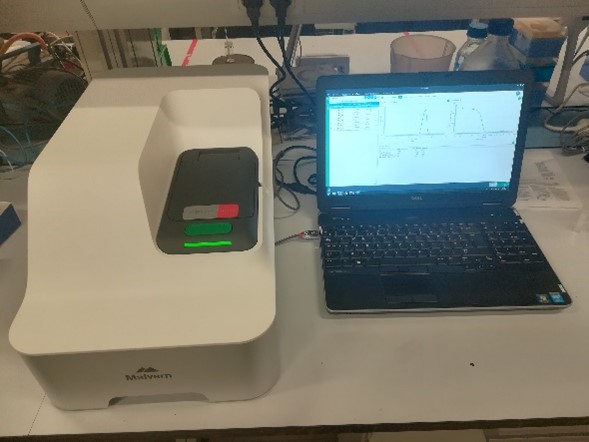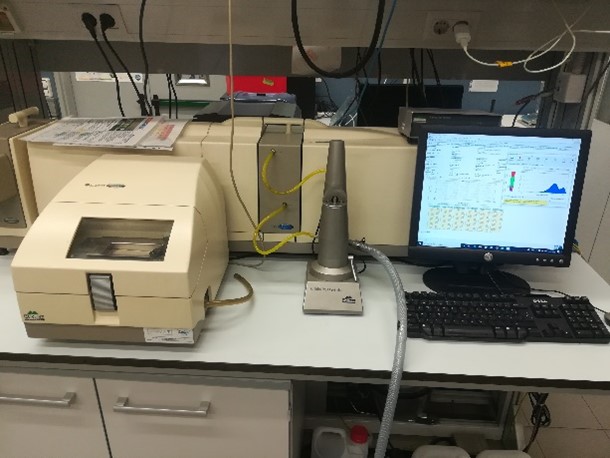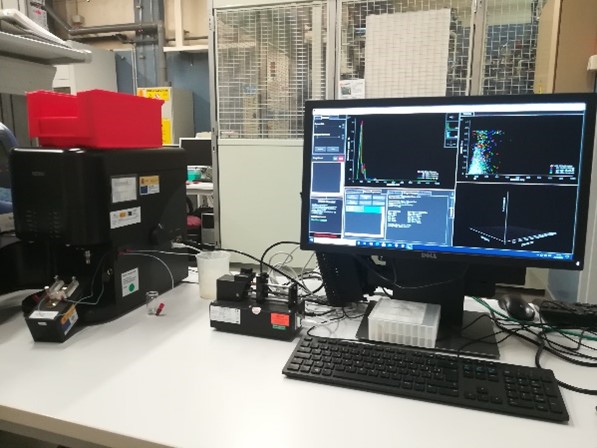U7-S04. Lytography by e-beam
Lytography by e-beam
An electron beam lithography service allows the fabrication of structures at the nanoscale. By using a combination of different type of electron-sensitive resists, a variety of surfaces with special interest in bioengineering can be processed locally, from metallic to insulators.
Customer benefits
Our electron beam lithography service allows our customers, to locally modify a surface at the nanoscale to study submicron systems.
Target customer
Our target customers are researchers in the field of bioengineering or R&D departments of biotech companies, which want to test models, perform proves of concept, prototypes, etc. at the submicron-scale.
Additional information











